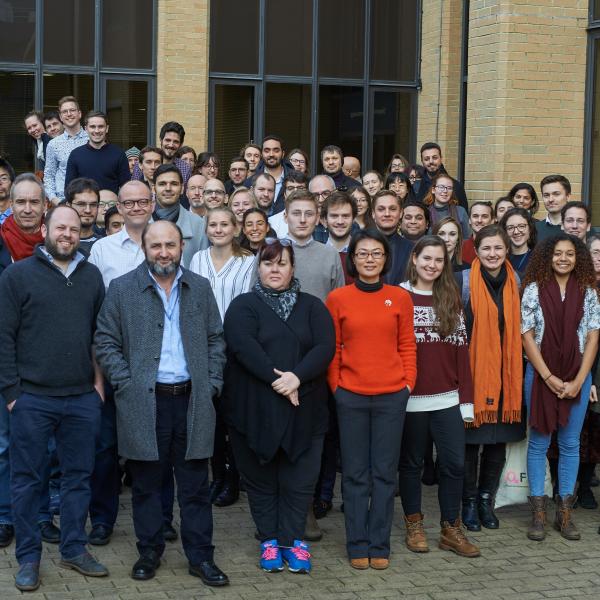Diffusion imaging of whole, post-mortem human brains on a clinical MRI scanner.
Diffusion imaging of post mortem brains has great potential both as a reference for brain specimens that undergo sectioning, and as a link between in vivo diffusion studies and "gold standard" histology/dissection. While there is a relatively mature literature on post mortem diffusion imaging of animals, human brains have proven more challenging due to their incompatibility with high-performance scanners. This study presents a method for post mortem diffusion imaging of whole, human brains using a clinical 3-Tesla scanner with a 3D segmented EPI spin-echo sequence. Results in eleven brains at 0.94 × 0.94 × 0.94 mm resolution are presented, and in a single brain at 0.73 × 0.73 × 0.73 mm resolution. Region-of-interest analysis of diffusion tensor parameters indicate that these properties are altered compared to in vivo (reduced diffusivity and anisotropy), with significant dependence on post mortem interval (time from death to fixation). Despite these alterations, diffusion tractography of several major tracts is successfully demonstrated at both resolutions. We also report novel findings of cortical anisotropy and partial volume effects.
2011. Neuroimage, 57(1):167-181.
2017.Mov. Disord., 32(6):810-819.


